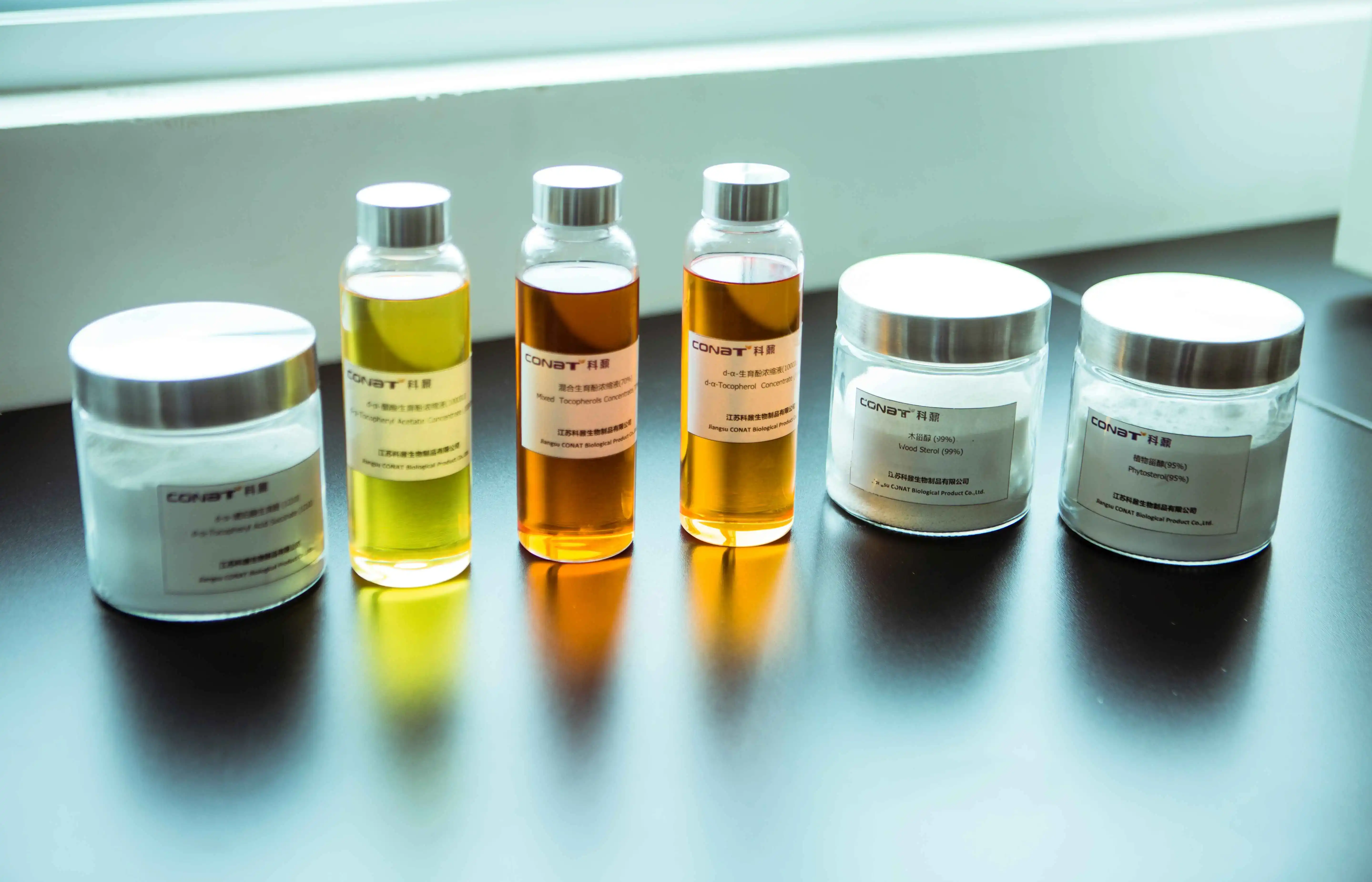- English
- French
- German
- Portuguese
- Spanish
- Russian
- Japanese
- Korean
- Arabic
- Greek
- German
- Turkish
- Italian
- Danish
- Romanian
- Indonesian
- Czech
- Afrikaans
- Swedish
- Polish
- Basque
- Catalan
- Esperanto
- Hindi
- Lao
- Albanian
- Amharic
- Armenian
- Azerbaijani
- Belarusian
- Bengali
- Bosnian
- Bulgarian
- Cebuano
- Chichewa
- Corsican
- Croatian
- Dutch
- Estonian
- Filipino
- Finnish
- Frisian
- Galician
- Georgian
- Gujarati
- Haitian
- Hausa
- Hawaiian
- Hebrew
- Hmong
- Hungarian
- Icelandic
- Igbo
- Javanese
- Kannada
- Kazakh
- Khmer
- Kurdish
- Kyrgyz
- Latin
- Latvian
- Lithuanian
- Luxembou..
- Macedonian
- Malagasy
- Malay
- Malayalam
- Maltese
- Maori
- Marathi
- Mongolian
- Burmese
- Nepali
- Norwegian
- Pashto
- Persian
- Punjabi
- Serbian
- Sesotho
- Sinhala
- Slovak
- Slovenian
- Somali
- Samoan
- Scots Gaelic
- Shona
- Sindhi
- Sundanese
- Swahili
- Tajik
- Tamil
- Telugu
- Thai
- Ukrainian
- Urdu
- Uzbek
- Vietnamese
- Welsh
- Xhosa
- Yiddish
- Yoruba
- Zulu
Tocopherol Complex Structure: Natural vs Synthetic Isoforms
Tocopherols, the primary components of vitamin E, play a crucial role in human health and nutrition. These powerful antioxidants protect our cells from oxidative stress and support various bodily functions. However, not all tocopherols are created equal. In this comprehensive guide, we'll explore the intricate world of tocopherol complex structures, comparing natural and synthetic isoforms to help you understand their differences and significance.
Distinguishing Natural (RRR) and Synthetic (all-rac) Forms
When it comes to tocopherols, nature has a preference. The naturally occurring form of α-tocopherol, known as RRR-α-tocopherol or d-α-tocopherol, is the most biologically active and efficiently utilized by our bodies. This form is found in various plant-based sources, including vegetable oils, nuts, and seeds.
On the other hand, synthetic vitamin E, called all-rac-α-tocopherol (previously known as dl-α-tocopherol), is a mixture of eight different stereoisomers. While it contains the natural RRR form, it also includes seven other stereoisomers that are not found in nature. These synthetic forms have varying degrees of biological activity, with some being significantly less potent than their natural counterparts.
The key difference between natural and synthetic tocopherols lies in their molecular structure. Natural tocopherol complex has a specific arrangement of methyl groups and a phytyl tail with three chiral centers, all in the "R" configuration. Synthetic forms, however, have a random arrangement of these chiral centers, resulting in a mixture of "R" and "S" configurations.
This structural difference has significant implications for the bioavailability and efficacy of tocopherols in our bodies. Natural RRR-α-tocopherol is recognized and preferentially absorbed by our cells, while synthetic forms may not be as readily utilized.

Why is natural tocopherol complex more bioavailable?
The superior bioavailability of natural tocopherols can be attributed to several factors:
- Molecular Recognition: Our bodies have evolved to recognize and utilize the natural RRR configuration of tocopherols. Specific transport proteins in the liver, such as α-tocopherol transfer protein (α-TTP), have a higher affinity for the natural form.
- Cellular Uptake: Natural tocopherols are more efficiently absorbed by our intestinal cells and incorporated into lipoproteins for transport throughout the body.
- Retention: Once absorbed, natural tocopherols are retained in our tissues more effectively than synthetic forms. This leads to higher concentrations of vitamin E in our cells and organs over time.
- Antioxidant Potency: The natural RRR configuration of tocopherols exhibits superior antioxidant activity compared to synthetic stereoisomers. This means they're more effective at neutralizing harmful free radicals and protecting our cells from oxidative damage.
Research has consistently shown that natural tocopherols have approximately twice the bioavailability of synthetic forms. This means that when you consume the Tocopherol Complex, your body can utilize it more efficiently, potentially leading to greater health benefits.
The Significance of Stereoisomers in Biological Activity
The importance of stereochemistry in tocopherol activity cannot be overstated. Stereoisomers are molecules with the same chemical formula but different spatial arrangements of atoms. In the case of tocopherols, these subtle structural differences can have a profound impact on their biological function.
The eight stereoisomers present in synthetic all-rac-α-tocopherol have varying degrees of biological activity:
- RRR (natural form): 100% activity
- RRS, RSS, SRR: Approximately 90% activity
- RSR, SRS: Approximately 73% activity
- SSR, SSS: Approximately 60% activity
This variation in activity is due to the way our bodies interact with these different molecular structures. The α-tocopherol transfer protein, which is responsible for maintaining vitamin E levels in our blood, has a strong preference for the natural RRR form. It selectively binds to and transfers this form to lipoproteins for distribution throughout the body. The Tocopherol Complex plays a vital role in ensuring effective antioxidant protection and supporting overall health.
The other stereoisomers, particularly those with "S" configurations at critical points, are less efficiently recognized and utilized. As a result, they may be metabolized and excreted more quickly, reducing their overall impact on our health.
Understanding these stereochemical differences is crucial for several reasons:
- Supplement Efficacy: When choosing vitamin E supplements, opting for natural-source tocopherols can ensure you're getting the most biologically active and efficient form.
- Dosage Considerations: Due to the lower bioavailability of synthetic forms, higher doses may be required to achieve the same biological effects as natural tocopherols.
- Research Implications: Studies investigating the health benefits of vitamin E should consider the form used, as results may vary significantly between natural and synthetic sources.
- Product Formulation: For manufacturers developing nutritional products or fortified foods, using natural tocopherols can provide superior antioxidant protection and nutritional value.
The complex structure of tocopherols and their stereoisomers highlights the intricate relationship between molecular structure and biological function. By appreciating these nuances, we can make more informed decisions about our nutritional choices and supplement use.
Conclusion
The world of tocopherols is fascinatingly complex, with natural and synthetic forms exhibiting significant differences in structure, bioavailability, and biological activity. As we've explored, the natural RRR-α-tocopherol found in plant-based sources is the gold standard, offering superior absorption, retention, and antioxidant potency compared to synthetic alternatives.
For those seeking to optimize their vitamin E intake, choosing products that contain natural tocopherol complexes can provide the greatest health benefits. These natural forms are more readily recognized and utilized by our bodies, potentially leading to improved cellular protection and overall well-being.
If you're in the nutraceutical or food industry and looking to enhance your products with high-quality, natural tocopherols, look no further than Jiangsu CONAT Biological Products Co., Ltd. With over 20 years of expertise in producing natural vitamin E series and phytosterols, we offer premium-grade tocopherol complexes that meet the highest standards of quality and efficacy.
Our state-of-the-art GMP-compliant facilities, advanced R&D center, and rigorous quality control processes ensure that you receive only the best natural tocopherol products for your formulations. By choosing CONAT's natural tocopherol complexes, you're not just selecting a superior ingredient – you're investing in the health and satisfaction of your customers.
Ready to elevate your products with nature's most potent form of vitamin E? Contact our expert team today at sales@conat.cn to learn more about our natural tocopherol offerings and how we can support your specific needs. Together, let's harness the power of natural tocopherols to create healthier, more effective products for consumers worldwide.
References
1. Jensen, S. K., & Lauridsen, C. (2007). α‐Tocopherol stereoisomers. Vitamins & Hormones, 76, 281-308.
2. Brigelius-Flohé, R., & Traber, M. G. (1999). Vitamin E: function and metabolism. The FASEB Journal, 13(10), 1145-1155.
3. Burton, G. W., & Traber, M. G. (1990). Vitamin E: antioxidant activity, biokinetics, and bioavailability. Annual Review of Nutrition, 10(1), 357-382.
4. Azzi, A. (2018). Many tocopherols, one vitamin E. Molecular Aspects of Medicine, 61, 92-103.
YOU MAY LIKE
